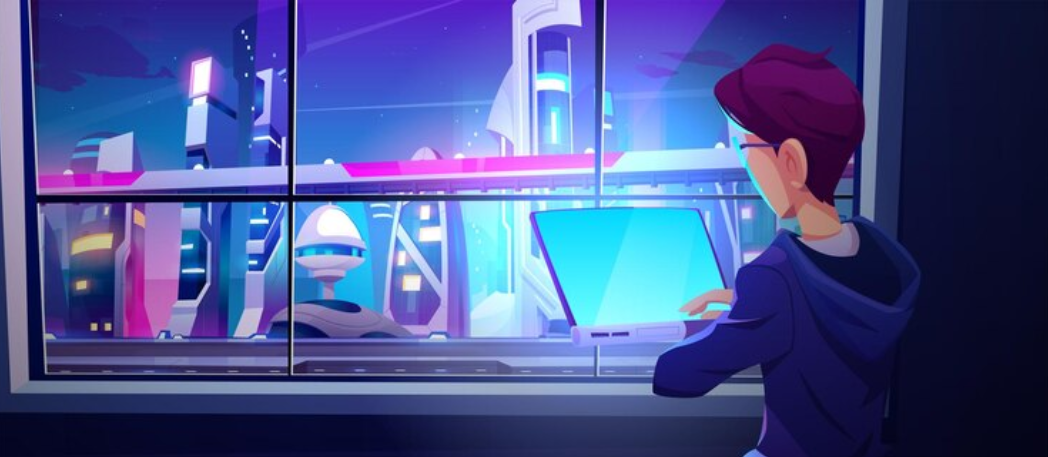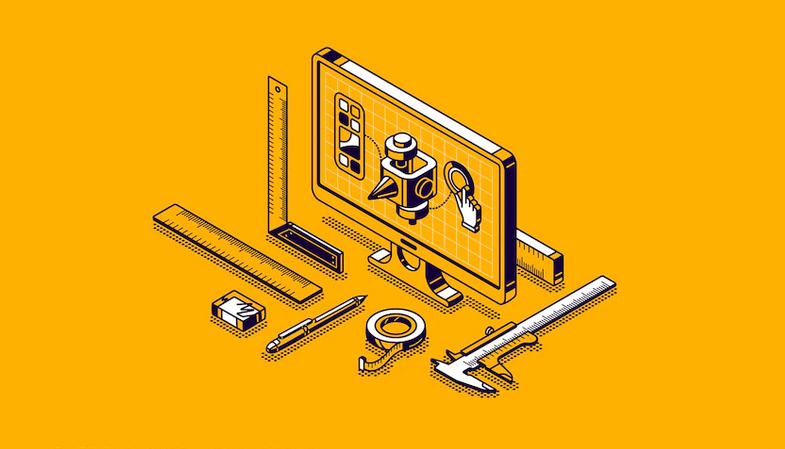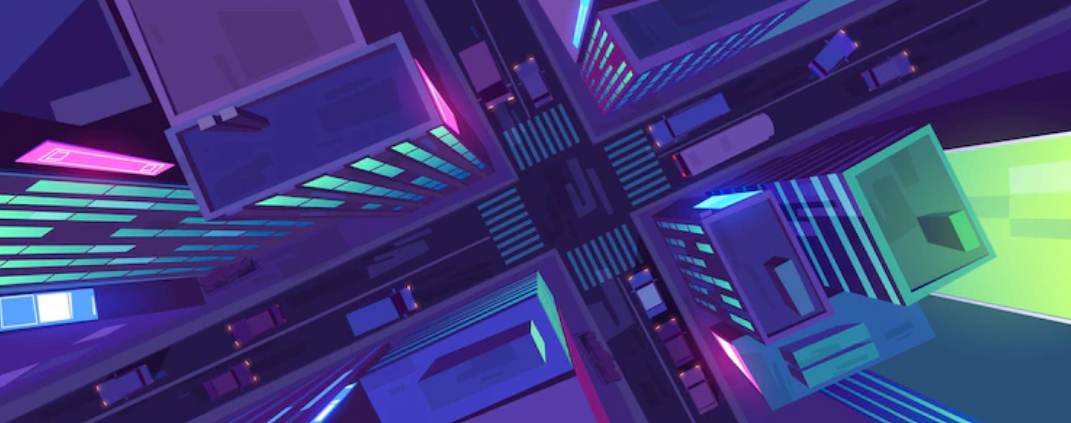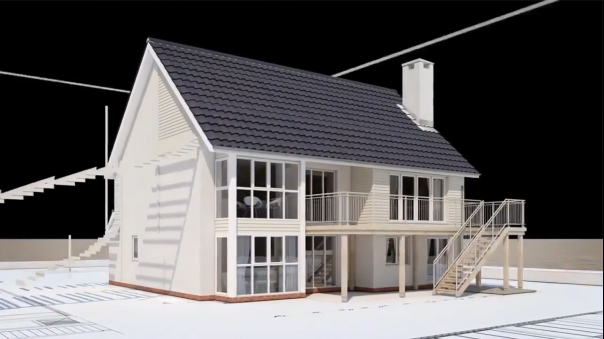How Technical Animations Can Help Explain Your Business

Table of Contents
Do you want to make your business stand out from the competition? An engaging and interesting way of doing so is by integrating technical animations as part of your marketing efforts.
Technical animations can be used in a variety of ways, such as displaying an abstract concept or illustrating how a certain process works.
By adding this visual element into the mix, you can get prospective customers more engaged in what you have to offer and provide them with a better understanding of your product or service.
In this blog post, we’ll discuss some ways that technical animations can help explain your business and its offerings in an effective manner.
With our tips, you’ll be able to reach potential customers on another level while also spicing up mundane content topics!
What Is Technical Animation?

Technical animation is a specialized form of animation that can be used to create visually stimulating animations to help explain complicated technical concepts.
This type of animation has become increasingly popular in industries such as engineering, architecture, and medical technology. Utilizing the power of animation, businesses can now showcase their products or services in more engaging ways.
Technical animation can help make complex concepts more accessible. By utilizing 2D and 3D models and animating them in a visually stimulating way, businesses can create engaging demonstrations that allow users to better understand the inner workings of their product or service.
This type of animation also helps companies break down complex ideas into bite-sized chunks so that they are easier for users to comprehend.
In addition, businesses can use technical animation to create highly customized visuals that are specific to their industry or product. Technical animators have the ability to focus on intricate details, allowing them to create unique visuals that capture and highlight the most important aspects of a business’s offerings.
This type of animation can be used for everything from creating educational videos and tutorials to providing customers with visualizations of complex data sets.
Moreover, technical animation can save businesses time and money in comparison to traditional methods such as photography or video production. Animated explainer videos can be created quickly and efficiently while still providing excellent quality results.
They also require fewer resources than traditional methods since all of the necessary components needed for production can be rendered from a computer.
Technical animation provides businesses with the ability to effectively communicate their message in visually stimulating ways. With its help, companies can create engaging visuals that showcase their products and services in more impactful ways.
By utilizing the power of technical video animation, businesses can make complex concepts more accessible and save time and money while doing so. This type of animation is quickly becoming an invaluable asset for many industries today.
Ultimately, by leveraging the power of animated video, businesses can ensure they are communicating their message effectively while providing customers with a unique visual experience that will keep them engaged.
Additionally, this type of animation helps businesses stand out from their competition as it allows them to show off their products or services in exciting and visually stimulating ways.
Technical animation is quickly becoming an indispensable asset for companies across many industries, and its potential to help businesses grow should not be overlooked.
What Is The Difference Between 2D And 3D Technical Animation?

Two-dimensional (2D) technical animation is a type of computer-generated art that uses two dimensions–height and width.
It often depicts flat, two-dimensional objects such as squares or circles, but may also be used to represent characters in a video game or movie. 2D technical animation does not have any depth—an object cannot move closer or farther away from the viewer—but it can include features like shading and texture to create more realistic images.
Example:
Three-dimensional (3D) technical animation is a type of computer-generated art that adds dimension: depth.
This allows for greater realism; 3D animations can depict three-dimensional objects moving around in space, providing the illusion of movement and distance. 3D animations are also more complex than 2D animations, requiring a greater degree of skill and knowledge to create.
Example:
The longer render times required for 3D technical animation make it more costly and time-consuming than 2D animation. However, realistic results often justify this additional cost.
Technical animation can be an invaluable tool for any project, but it’s important to understand the differences between 2D and 3D technical animation before committing to one or the other.
Comparing their features and benefits can help you decide which kind of animation is best suited for your needs. With this knowledge, you can create amazing animations that will bring your projects to life!
20 Ways Companies Use Technical Animations

To visually explain complex processes or ideas.
Technical animations are a great way to break down highly technical concepts into simpler visuals called explainer videos that make them easier to understand.
For Example:
To illustrate design specifications for products or services.
Companies can use technical animations to showcase the exact measurements and dimensions of their products so that customers can get a better understanding of what they’re buying before they commit to it.
To show how components interact within a system or machine.
Animations can be used to demonstrate the inner workings of an intricate system, like a car engine or industrial machinery, in an easily digestible format.
To create instructional videos for end-users
..on how to properly operate a piece of equipment. animated technical videos help demonstrate the ins and outs of a product so that customers can use it correctly, safely, and efficiently.
To simulate real-world conditions for various scenarios.
Animations can be used to visually recreate a situation, such as an accident or dangerous event, to help train employees on how to react appropriately in certain situations.
To provide animated visual support during presentations or demonstrations.
By using technical explainer animations during presentations and demos, companies can keep their audiences engaged while still getting their point across in a more effective way than with words alone.
Produce 3D animated models of products in development stages
..before they’re ready for public release. Companies use technical animations to create realistic 3D models of their products so that they can showcase them and get feedback from potential customers before they launch.
To simulate changes over time or illustrate cause-and-effect relationships.
Animations are a great way to show how something evolves or changes over time, such as the effects of global warming or the growth of a city skyline.
To demonstrate maintenance procedures for complex machines or systems.
Companies can use animated technical videos to clearly show users how to inspect, troubleshoot, and repair equipment in an easy-to-follow manner.
To help train staff on new processes and procedures
…without having to bring in additional resources like instructors or personnel. Technical explainer videos can be used to quickly and efficiently train employees on new procedures without the need for in-person instruction.
To provide architectural visualizations
…of proposed projects or buildings. Animation can be used to give customers an accurate picture of what a project would look like in real life if it were completed, helping them decide if they’d like to move forward with it or not.
To illustrate complex systems or networks for marketing purposes.
Companies often use video explainers as part of their marketing campaigns to better show off the capabilities of their products to draw more customers in.
Create virtual environments
..where users can interact with a product before they purchase it. Technical animation is useful for creating immersive virtual experiences that allow customers to explore a product before they commit to buy it.
To show the features and capabilities of a new product
..as a sales tool. By creating an animation about their products, companies can give potential customers an in-depth look at what it has to offer so they can decide if it’s worth investing in or not.
Demonstrate how users should interact with software programs or apps.
Technical explainer video animations are often used to guide users through the various steps needed to use a program effectively and efficiently—making them more likely to stick with it instead of giving up out of frustration.
Create visual effects or surreal environments
…for films and other forms of media. Technical animation can be used to create realistic effects that would otherwise be too difficult or expensive to recreate using real-world means.
To create computer simulations of real-world phenomena
..for scientific research and study. Technical animations can be used to simulate everything from global climate change to the behaviour of particles in a vacuum—giving us insight into the world around us that we wouldn’t otherwise have access to.
Explain complicated concepts, ideas, and theories in an easy-to-understand manner.
Animated explainer videos either 2D or 3D are great for breaking down complex topics into easily digestible chunks so that people who may not have prior knowledge can get up to speed quickly and accurately.
Capture data from medical imaging equipment
..and make it easier to interpret. Technical animations are often used in the medical field to create visual representations of data from various medical imaging devices, making it easier for doctors and other healthcare practitioners to spot abnormalities or diagnose diseases.
Illustrate how natural phenomena occur
…such as rainfall or the water cycle. Animations can help students better understand these concepts by giving them a more immersive experience than words alone can provide.
In summary technical animations offer countless opportunities for businesses, scientists, educators and anyone else who needs to communicate complex ideas interestingly and engagingly.
From showcasing building designs to illustrating scientific theories, technical animation is quickly becoming one of the most powerful tools out there for all types of communication.
Conclusion: Technical Animation For Business

Technical Animations can help explain your business in a way that is concise, easy to follow and engaging. By utilising the latest software and technologies we can create an animation tailored specifically for you and your business needs. Technical animations are unique among marketing tools as they offer a level of engagement that other modes cannot provide.
Our team has years of experience crafting custom technical animations for a variety businesses; if you’re interested in learning how a technical animation could benefit explanations of your own business processes contact us today.
Article by Nicole Delgado 2023 | CMO | Explainer Video Company | Animated Explainer Videos For Business
Related Articles:
https://explainervideoproduction.com/how-to-improve-your-conversion-rates-with-animated-explainers/
https://explainervideoproduction.com/corporate-video-production-an-overview/


